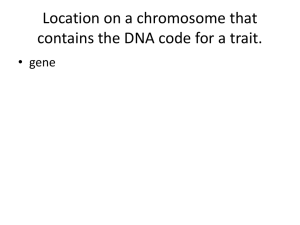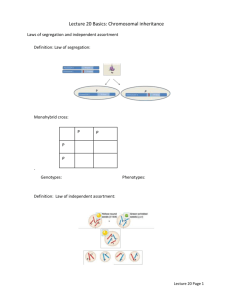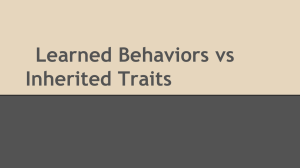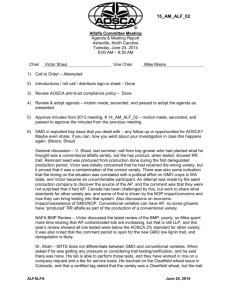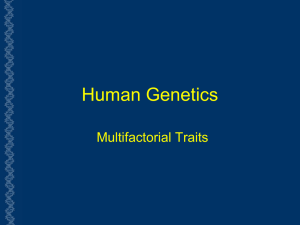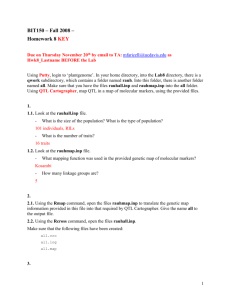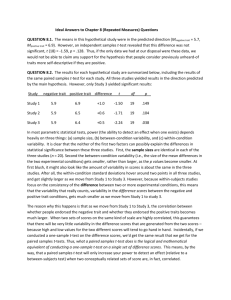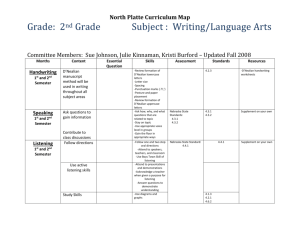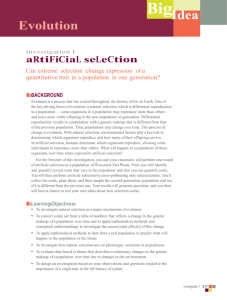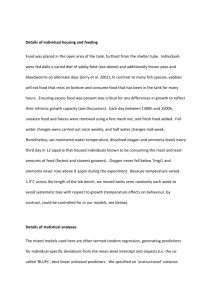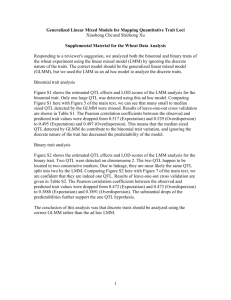NETWORK ANALYSIS COURSE
advertisement
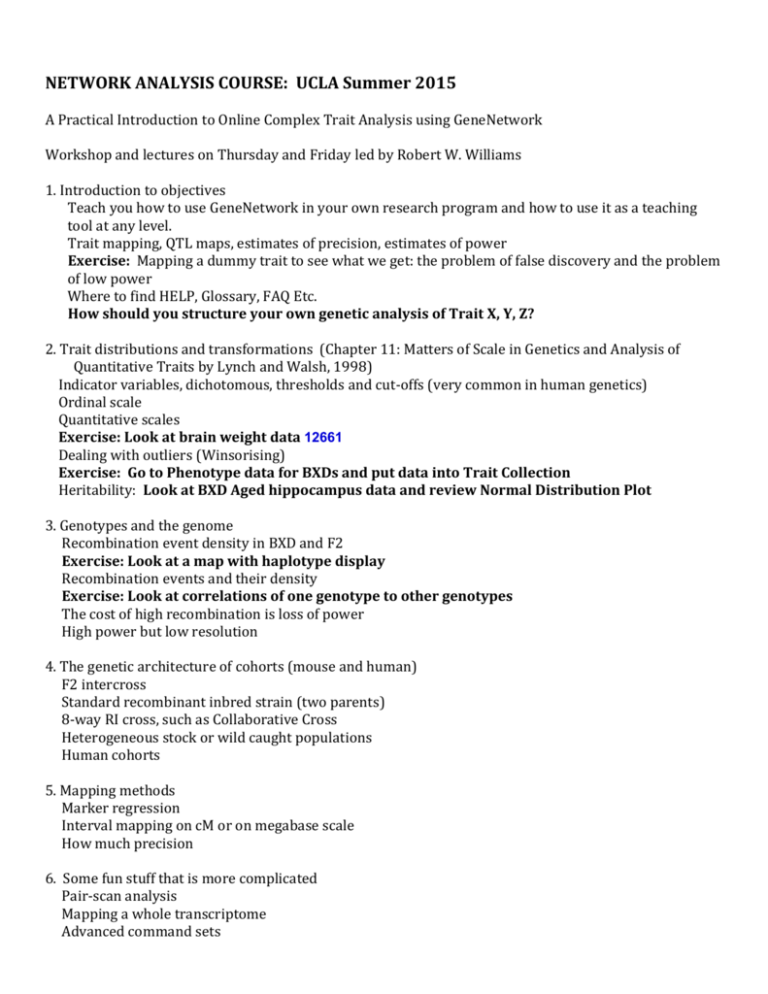
NETWORK ANALYSIS COURSE: UCLA Summer 2015 A Practical Introduction to Online Complex Trait Analysis using GeneNetwork Workshop and lectures on Thursday and Friday led by Robert W. Williams 1. Introduction to objectives Teach you how to use GeneNetwork in your own research program and how to use it as a teaching tool at any level. Trait mapping, QTL maps, estimates of precision, estimates of power Exercise: Mapping a dummy trait to see what we get: the problem of false discovery and the problem of low power Where to find HELP, Glossary, FAQ Etc. How should you structure your own genetic analysis of Trait X, Y, Z? 2. Trait distributions and transformations (Chapter 11: Matters of Scale in Genetics and Analysis of Quantitative Traits by Lynch and Walsh, 1998) Indicator variables, dichotomous, thresholds and cut-offs (very common in human genetics) Ordinal scale Quantitative scales Exercise: Look at brain weight data 12661 Dealing with outliers (Winsorising) Exercise: Go to Phenotype data for BXDs and put data into Trait Collection Heritability: Look at BXD Aged hippocampus data and review Normal Distribution Plot 3. Genotypes and the genome Recombination event density in BXD and F2 Exercise: Look at a map with haplotype display Recombination events and their density Exercise: Look at correlations of one genotype to other genotypes The cost of high recombination is loss of power High power but low resolution 4. The genetic architecture of cohorts (mouse and human) F2 intercross Standard recombinant inbred strain (two parents) 8-way RI cross, such as Collaborative Cross Heterogeneous stock or wild caught populations Human cohorts 5. Mapping methods Marker regression Interval mapping on cM or on megabase scale How much precision 6. Some fun stuff that is more complicated Pair-scan analysis Mapping a whole transcriptome Advanced command sets ------------------- Introduction to network analysis and other advanced topics 1. Aims Teach you how to use GeneNetwork in your own research program and a look at more exotic modules in GN. Review the data resources and some of the algorithms currently implemented in GN Comment on the software architecture (GN1, GN2, Arvados for new plug-in friendly workflows) Where are we going with GN2? 1b. Review of data for network construction. Review three complementary methods of evaluating covariation of genes/transcripts/proteins— genetic, tissue, and literature. 2. Advanced mapping: One locus with control (composite or with cofactors) Two-locus epistatic models Exercise: Brain weight or expression data sets for examples Advanced topics in trait mapping, estimates of precision, estimates of power Exercise: Empirical precision of monogenic QTLs 2a. Network analysis seeded by single genes, transcripts, proteins... Review of mouse, rat, and human data sets Exercise: Cdc20 and the cell cycle Correlation to PC eigentrait. Sets of eigentraits Mapping of large numbers of traits and eigentraits. QTL Cluster maps 2b. Partial correlation and using cofactors Exercise: Controlling for linkage in teasing apart effects of linked eQTLs 2c. Network seeded by small families of genes/proteins. How to exploit the GeneWiki feature. 2d. Network QC analysis by GO and by literature correlation 3. Network analysis seeded by complex phenotypes Exercise: Schizophrenia candidate genes using gene list or the GeneRIF function 4. Cis and trans eQTL network analysis Exercise: Using advanced search methods. Building up small networks from strong cis eQTLs. 5. Phenome-wide scans and result interpretation Exercise: Analysis of Comt and analysis of mitochondrial unfolded protein response 6. Exporting data Exercise: Export all phenome data, export all covariates, export expression data

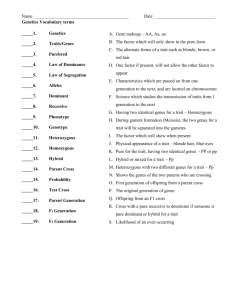
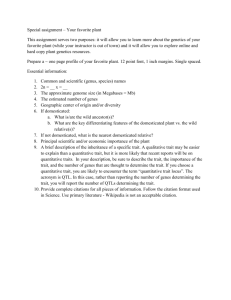


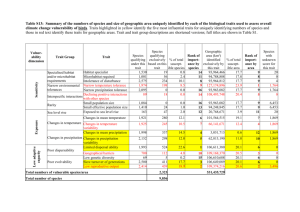
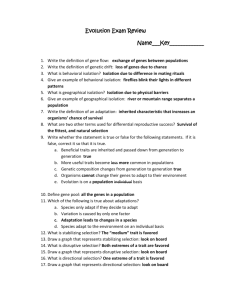
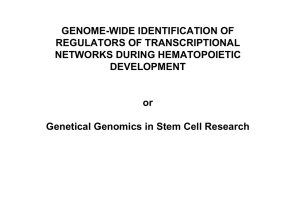
![Biology Chapter 3 Study Guide Heredity [12/10/2015]](http://s3.studylib.net/store/data/006638861_1-0d9e410b8030ad1b7ef4ddd4e479e8f1-300x300.png)
